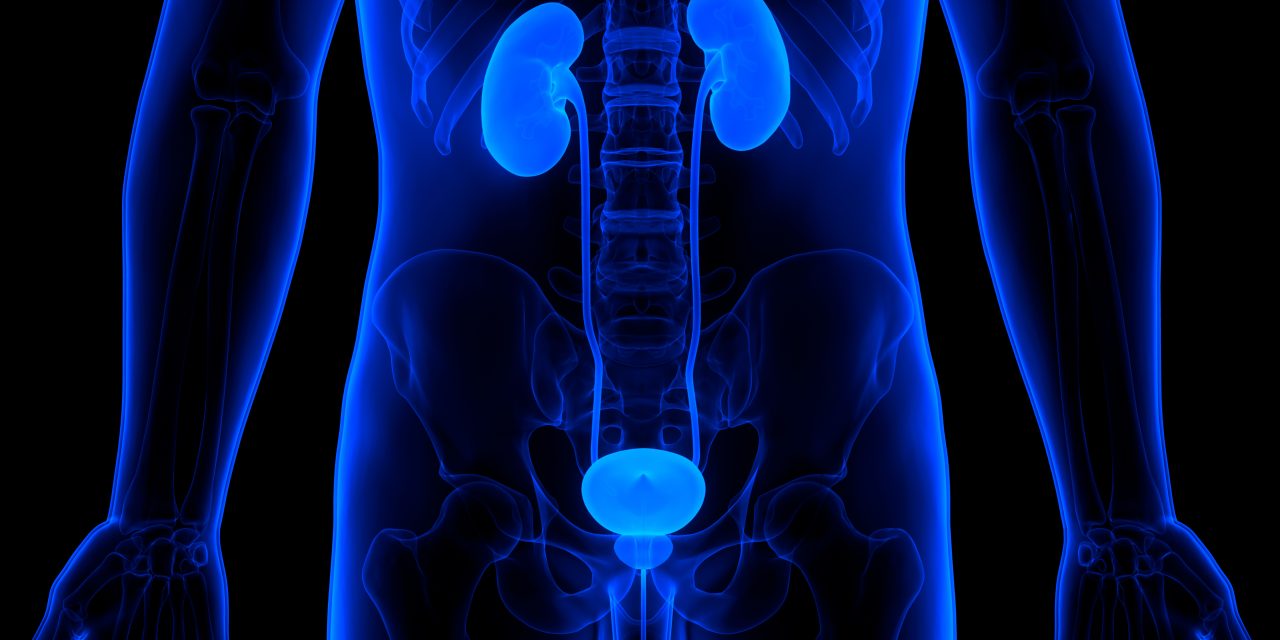To evaluate the patterns of financial transaction between industry and urologists in the first five years of reporting in the Open Payments Program (OPP) by comparing transactions over time, between academic and non-academic urologists, and by provider characteristics among academic urologists.
The Center for Medicare & Medicaid Services (CMS) OPP database was queried for General Payments to urologists from 2014-2018. Faculty at ACGME-accredited urology training programs were identified and characterized via publicly available websites. Industry transfers were analyzed by year, practice setting (academic vs. non-academic), provider characteristics, and AUA section. Payment nature and individual corporate contributions were also summarized.
A total of 12,521 urologists – representing 75% of the urology workforce in any given year – received $168 million from industry over the study period. There was no significant trend in payments by year (p=0.162). Urologists received a median of $1,602 over the study period, though 14% received >$10,000. Payment varied significantly by practice setting (p<0.001), with non-academic urologists receiving more but smaller payments than academic urologists. Among academic urologists, gender (p<0.001), department chair status (p<0.001), fellowship training (p<0.001), and subspecialty (p<0.001) were significantly associated with amount of payment from industry. Annual payments from industry varied significantly by AUA section.
Reporting of physician-industry transactions has not led to a sustained decline in transactions with urologists. Significant differences in industry interaction exist between academic and non-academic urologists, and values transferred to academic urologists varied by gender, chair status, subspecialty, and AUA section.
Copyright © 2020. Published by Elsevier Inc.
Patterns of industry payments to urologists from 2014-2018.


